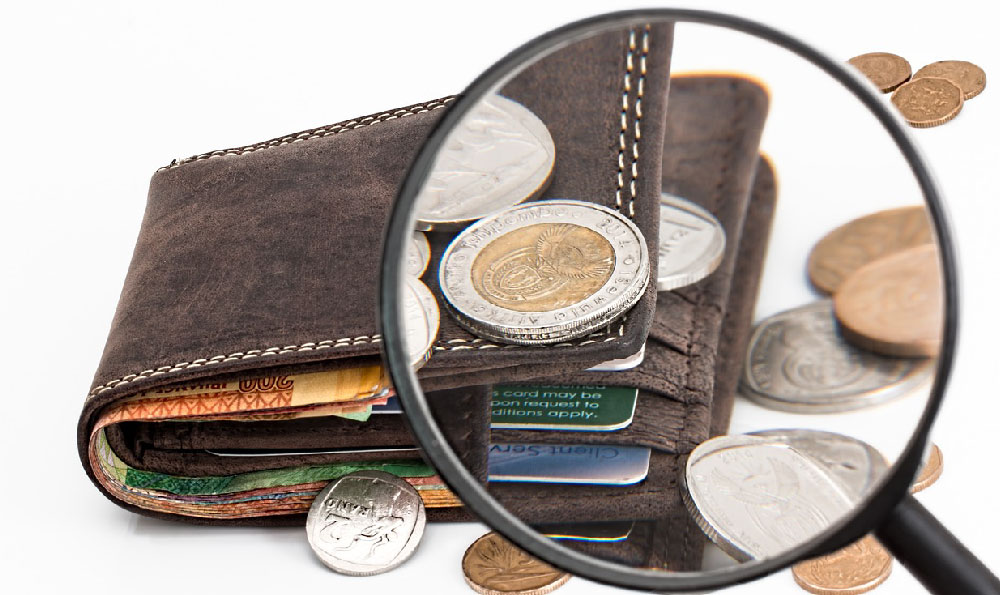Starting to earn money on YouTube is a journey that requires a blend of creativity, discipline, and strategic thinking. While the platform offers numerous monetization avenues, the timeline for achieving revenue often hinges on factors such as content quality, audience growth, and adherence to YouTube's policies. For many creators, the process begins with understanding the foundational requirements set by YouTube, which include meeting specific criteria for channel eligibility. According to YouTube's guidelines, a channel must have at least 1,000 subscribers and 4,000 hours of watch time within the past 12 months to qualify for the YouTube Partner Program (YPP). These thresholds are not merely arbitrary numbers; they represent a benchmark for ensuring that content creators maintain a consistent presence and provide value to their audience. The initial phase of building a channel is often the most critical, as it sets the stage for long-term success. During this time, creators must focus on producing high-quality content that resonates with their target demographic, while simultaneously working to grow their subscriber base and increase engagement metrics.
The growth of a YouTube channel is influenced by a variety of factors, including the frequency of uploads, the strength of the content's hook, the optimization of metadata, and the effectiveness of promotional strategies. For example, uploading videos consistently can help establish a rhythm that aligns with audience expectations, while meticulous attention to titles, descriptions, and tags can improve search visibility. Additionally, creators who actively engage with their audience through comments, community posts, and social media often see faster growth. However, the timeline for reaching 1,000 subscribers and 4,000 hours of watch time can vary significantly depending on niche selection, content production capacity, and market demand. Some creators may achieve these milestones within a few months, particularly in high-demand niches such as tech reviews, gaming, or educational content, whereas others might take a year or more, especially in less saturated areas or with limited time to produce content. It's essential to recognize that the quality of content plays a pivotal role in audience retention and growth, which in turn affects the overall monetization timeline.
Once a channel meets the YPP requirements, monetization typically begins with the integration of ads into videos. YouTube's ad platform automatically places ads in eligible content, with earnings based on factors such as ad impressions, click-through rates, and the types of ads displayed. However, it's important to note that ad revenue can be inconsistent in the early stages, as the algorithm may not yet favor the channel's content for ad placement. Creators often experience a period of gradual revenue growth, where initial earnings are modest and require a substantial amount of watch time to generate meaningful income. This phase highlights the importance of patience, as the transition from content creation to substantial monetization is rarely immediate. For those seeking alternative revenue streams, YouTube offers additional options such as channel memberships, Super Chat, and brand partnerships. While these avenues may be available sooner, they typically require a larger audience and a reputation for consistent quality.

Beyond the initial monetization hurdles, creators must also navigate the complexities of audience engagement and content optimization. Building a loyal viewership involves not only producing valuable content but also understanding viewer preferences, experimenting with different formats, and refining the channel's identity. Additionally, leveraging YouTube's analytics tools to track performance and adjust strategies accordingly can significantly accelerate growth. For instance, identifying high-performing content and expanding on those themes can help maintain viewer interest and increase watch time. Simultaneously, creators should prioritize viewer retention by ensuring that videos are well-structured, visually appealing, and aligned with the expectations of the target audience. This attention to detail can make a substantial difference in the overall monetization timeline, as retaining viewers for longer periods increases ad eligibility and revenue potential.
Ultimately, the timeline for earning money on YouTube is as unique as the creators themselves. While meeting the YPP criteria is a crucial first step, sustained success requires continuous effort and adaptability. Creators who remain committed to improving their craft, engaging with their community, and analyzing performance are more likely to achieve financial stability through YouTube. The journey is not linear, and there will be fluctuations, but with a clear strategy and persistence, the path to monetization becomes more tangible. In conclusion, the process of earning money on YouTube involves a combination of strategic planning, consistent content creation, and audience engagement, all of which contribute to a timeline that can vary widely depending on individual circumstances and market conditions.












